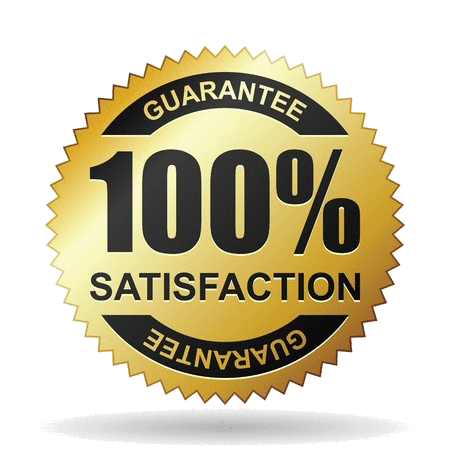Termite Treatment Options

Traditional:
Traditional termite treatments are still the top choice to rid homeowners of termite infestations. The treatment consists of trenching a small area around the home and drilling into areas such as blacktop or concrete. The intention is to create a chemical barrier around the home by saturating the soil with termiticide. With nowhere to run or feed, a mature colony succumbs to the chemical change in their environment quickly. Traditional termite treatments are priced by linear foot. There is a mark-out that needs to be done by the state prior to the service being performed. This ensures that nothing in the ground can get in the way of the termite treatment. Most mark-outs take an average of two weeks, and the one-day treatment may begin the day after the mark-out is completed. Please be sure to tell your pest control professional about any alterations that may have been made to the property that may interfere with treatment. Traditional termite treatments come with a one year warranty. Extended warranty plans are available. Extended warranties may be renewed year-to-year or be obtained for a reduced price at the time of treatment. For more on termites, please visit our pest library. A pest professional is standing by to answer any further questions that you may have.
Monitoring and Baiting
In-ground baiting devices are an important part of a pest professional’s arsenal and have been gaining in popularity. The use of contained and well-placed baits allows for treatment in areas close to water and on properties where there are wells. In fact, any area where seepage is of concern, monitoring and baiting stations are the termite control of choice. The way baiting stations work is that foraging workers from the termite colony stumble upon the bait station, which are placed in a close perimeter around the home, and see the material inside as an acceptable food source. The worker makes its way back to the colony while setting down a chemical trail that lets the rest of the colony know that food is present at that location. The workers flock to the bait stations and carry food back with them to feed the rest of the colony. This Trojan horse method poisons the colony with the insects as active participants in their demise. All bait stations should be monitored a few times per year and baiting material be replaced as recommended by the pest professional. This termite treatment option may be a bit slower than its chemical counterpart, but the results are still a termite-free home. A pest professional is always standing by to answer any further questions that you may have at 1-844-SEC-PEST .
Next- Termite Inspections: Termite Swarmers vs. Ant Swarmers










